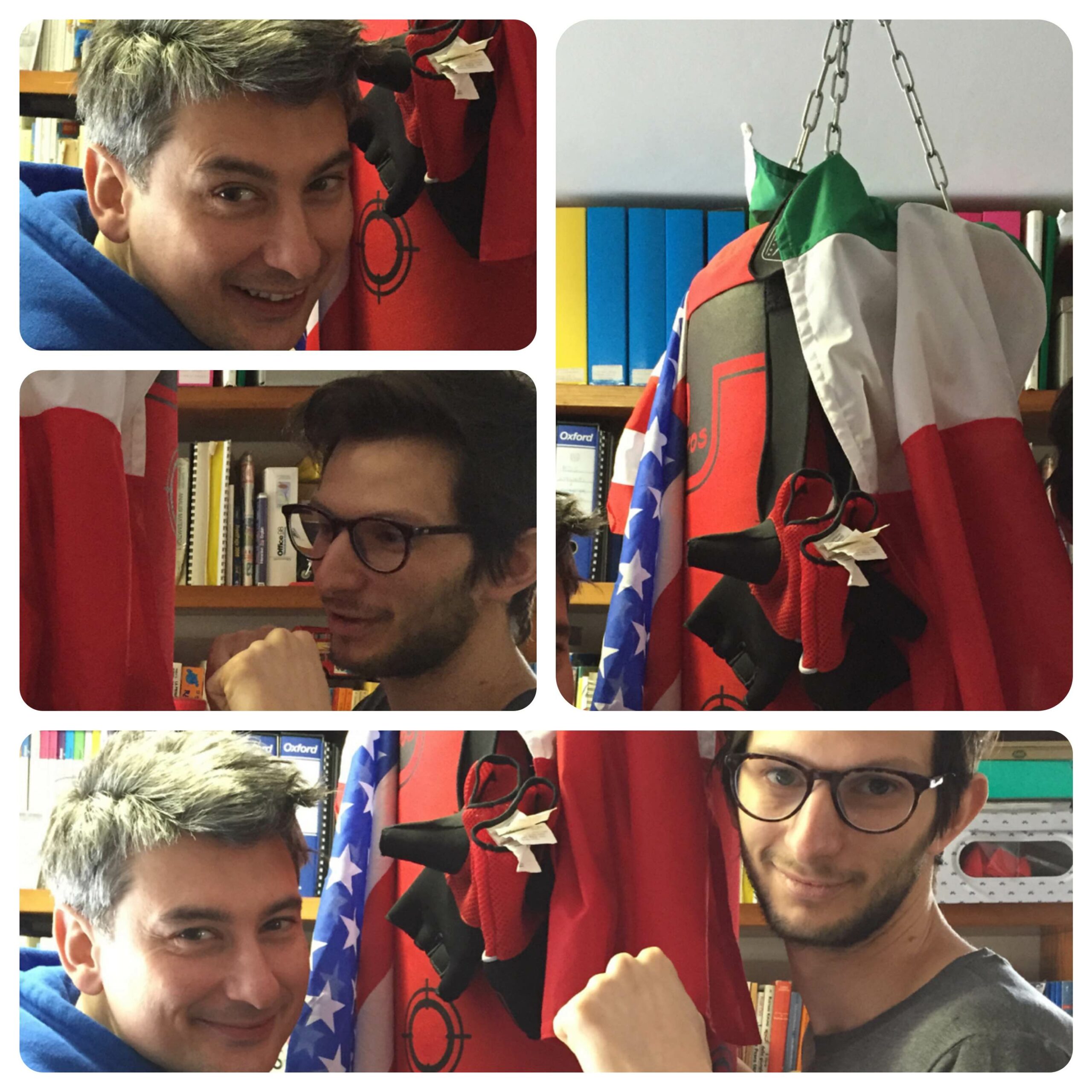Reading time: 4 min
By Alberto Aleo and Riccardo Trevisani
Two different generations with diverse experiences and from different contexts, but both dealing with corporate strategies and tools: Riccardo has just concluded a arkeaster’s degree in Design Management Innovation (don’t be fooled by the name because it is a course dedicated to innovation in Marketing Branding and Communication) in London, and is starting out on a career as a junior consultant in Boston. Alberto, on the other hand, worked in different corporations for nearly 15 years, directing marketing and sales offices, but now works as a consultant helping enterprises to strategize their work. They compared ideas on Marketing Branding and Communication, investigating the differences and scope of these tools. What follows is what came up in this conversation and – we hope – will be useful to clarify the theme and enable you to exploit the full potential of these three tools, that are only apparently similar.

The Mysteries of Branding
Alberto – Everyone talks about Branding nowadays, but how exactly would you define it, and what is the best way to make use of this tool?
Riccardo – In my opinion, the brand defines a company’s personality and identity. It sets out your organizations’ guidelines, its values and objectives and makes it possible to attract a certain type of customer that identifies with these. The brand tools work on others’ perception of the company, as well as defining the company’s own perception of itself: a process similar to psychoanalysis.
Alberto – For me, looking after the brand is a bit like developing your own personal culture or doing public relations; you don’t expect an immediate return in terms of sales (as you would with marketing) but you want people to talk about you in a certain way so that your identity shines through.
Riccardo – When it comes to brand, we should always bear in mind two points of view, the inner and the outer one. Adopting the latter means tackling the problem of how to attract and engage the target, while internally it means directing the organization towards common values.
Marketing: the company Cenerentola
Riccardo – I would replace the word marketing with peopling that currently seems more appropriate. In my view, the aim of marketing is to get to know people, more than focusing on the markets. Quantitative and qualitative analysis of trends would be better directed to the analysis of people’s hearts and minds, of their needs.
Alberto – I think marketing is noticeably absent in the small and medium-sized companies that today form the backbone of the market; very few know what it actually means, but many mistake it for a creative activity closer to communication that the analysis of data.
Riccardo – The famous economist Michael Porter, who has studied the value chain in companies, placed marketing at the end of the process that enables an organization to stay on the market, after production, for example. I believe marketing should come first, but if it is to claim this position of leadership among the various company departments, it must create new survey systems that permit greater depth.
Alberto – Marketing is a discipline based on statistics. Before making any choice you have to analyze the data coming from the market, from customers, competitors and production. Acting instinctively, in my opinion, can be very dangerous for any company.
Pervasive communication
Alberto – We Italians are born communicators. Our projects are often sold even before they go into production. This can be a good thing, but it makes our actions less concrete and reliable.
Riccardo – Communication is a tool that should be downstream of strategy. While, for example, brand answers the question “why?” communication answers the question “how?” in order to obtain a certain result in terms of image. Social media, word of mouth and other communication methods are channels to make it clear to the market who we are.
Alberto – Communication is a useful tool for both marketing and branding. In any case it is always good to plan your actions after asking yourself the questions: “What values does my identity express?”, “How do I want to differentiate myself?”, “Who is this initiative targeting and what results am I expecting?” If there are no clear ideas or precise objectives you will not get anywhere, and even the most creative promotional initiative can turn out to be mistaken and useless.
Riccardo – Nowadays the world of communication is greatly democratized. Anyone can talk directly to the company and this reduces the need to exert excessive pressure on the channels of communication. Apple and other multinational companies base their communication above all on the images and words created by their customers, just making sure that they are consistent with the company values. To manage your image you don’t have to focus so much on the tool as on relationships, and let others talk for you.
Marketing Branding and Communication are thus three different tools that are applied in various moments of a company’s life, but all three are functional to its success. Without the ability of marketing to analyze, we could not make rational choices, but without the identity and the values that branding helps to build, no one would recognize us and we would not know how to differentiate ourselves. Communication “packages” the tools of both so that they will reach the customer in the most correct, quick and effective way possible. Indeed, as mentioned in the post where we focused on Personal Branding, Italian journalist Piero Angela says, ‘interesting content needs good packaging’.
PS: If you want to get more news about Riccardo, contact him or visit his site http://riccardotrevisani.weebly.com
| partem claram semper aspice |
The photos used - where not owned by the editorial team or our guests - are purchased on Adobe Stock and IStockPhoto or downloaded from platforms such as UnSplash or Pexels.
Did you like this post and want to learn more about the topics?
Passodue research on issues related to sales, marketing, ethics and the centrality of human beings within the market logic, officially started in 2012. The results derived from our work are described in the publications and in the books you can find in this section.







[…] without its reputation, know how, and all the other “intangible” aspects which support its identity and market presence. The new and in some ways complicated concept of spiritual capital now fits […]